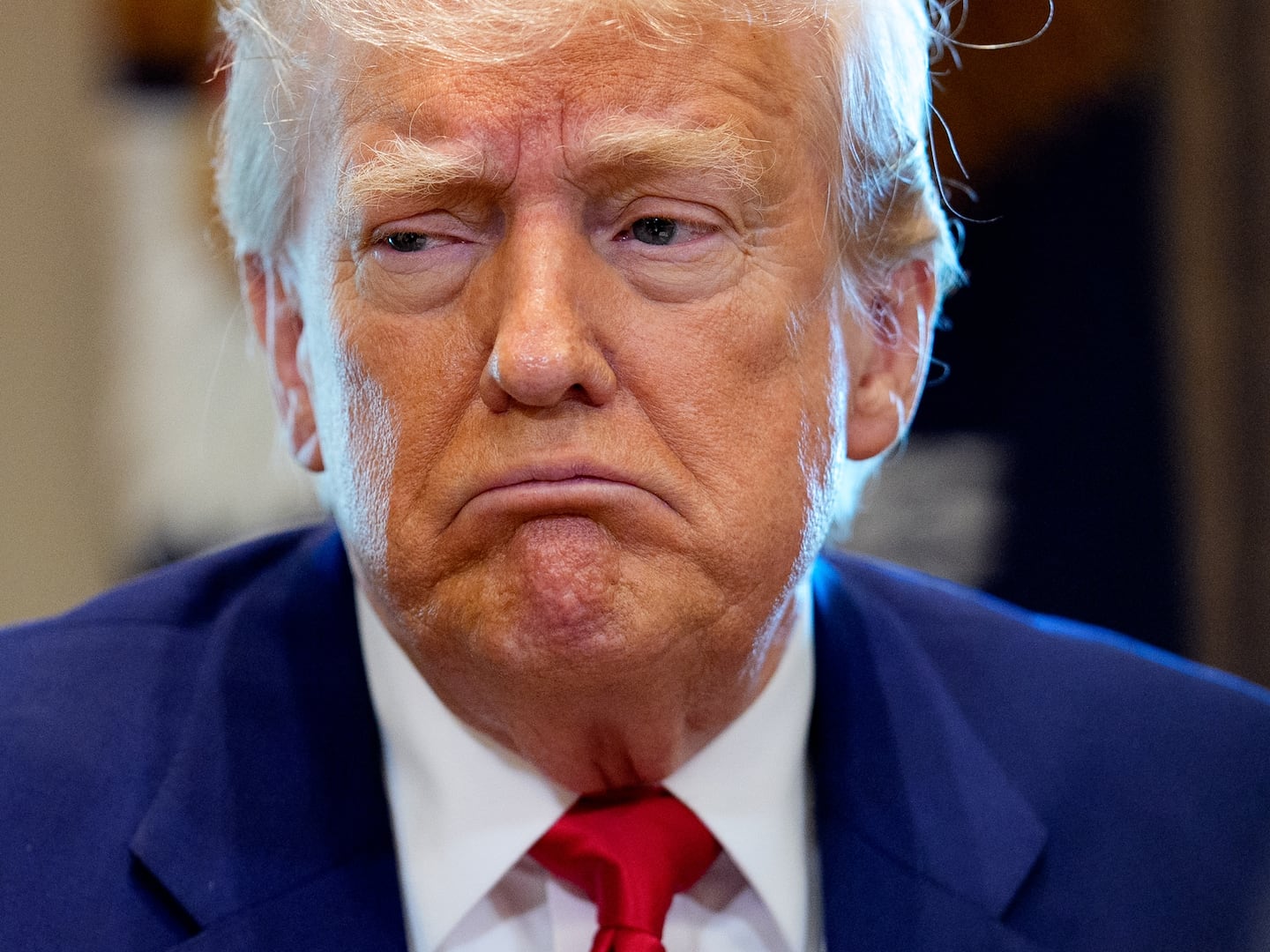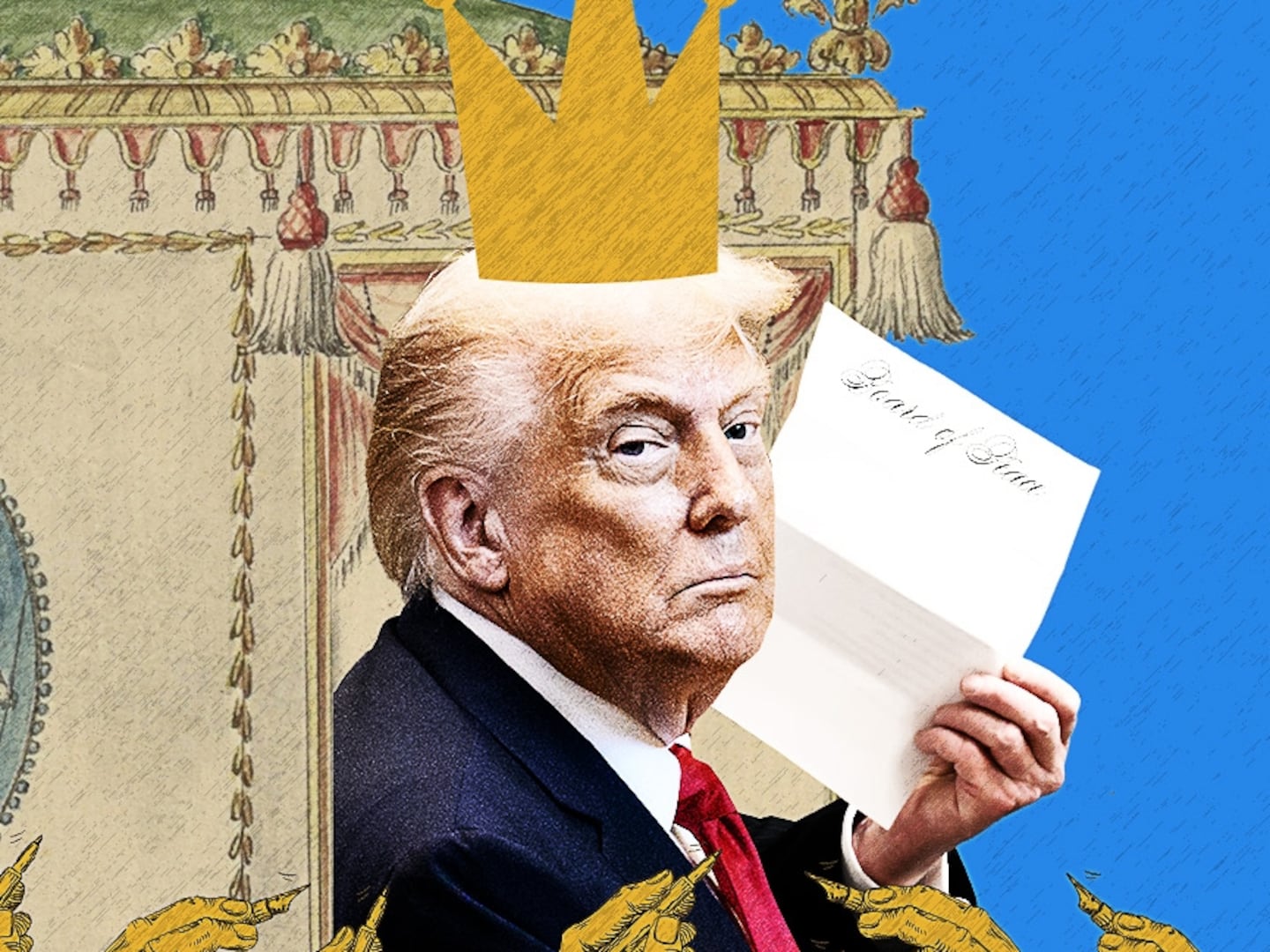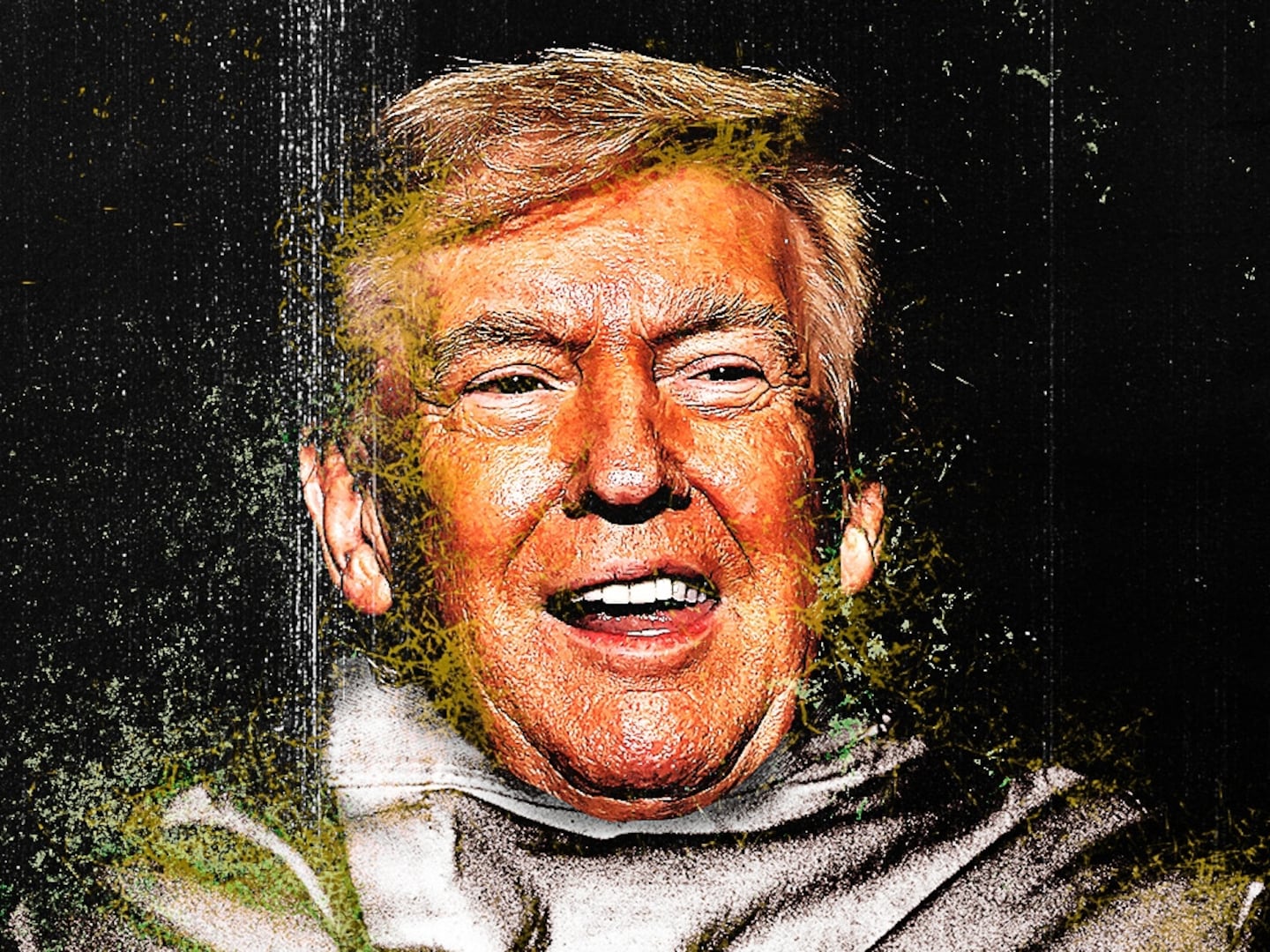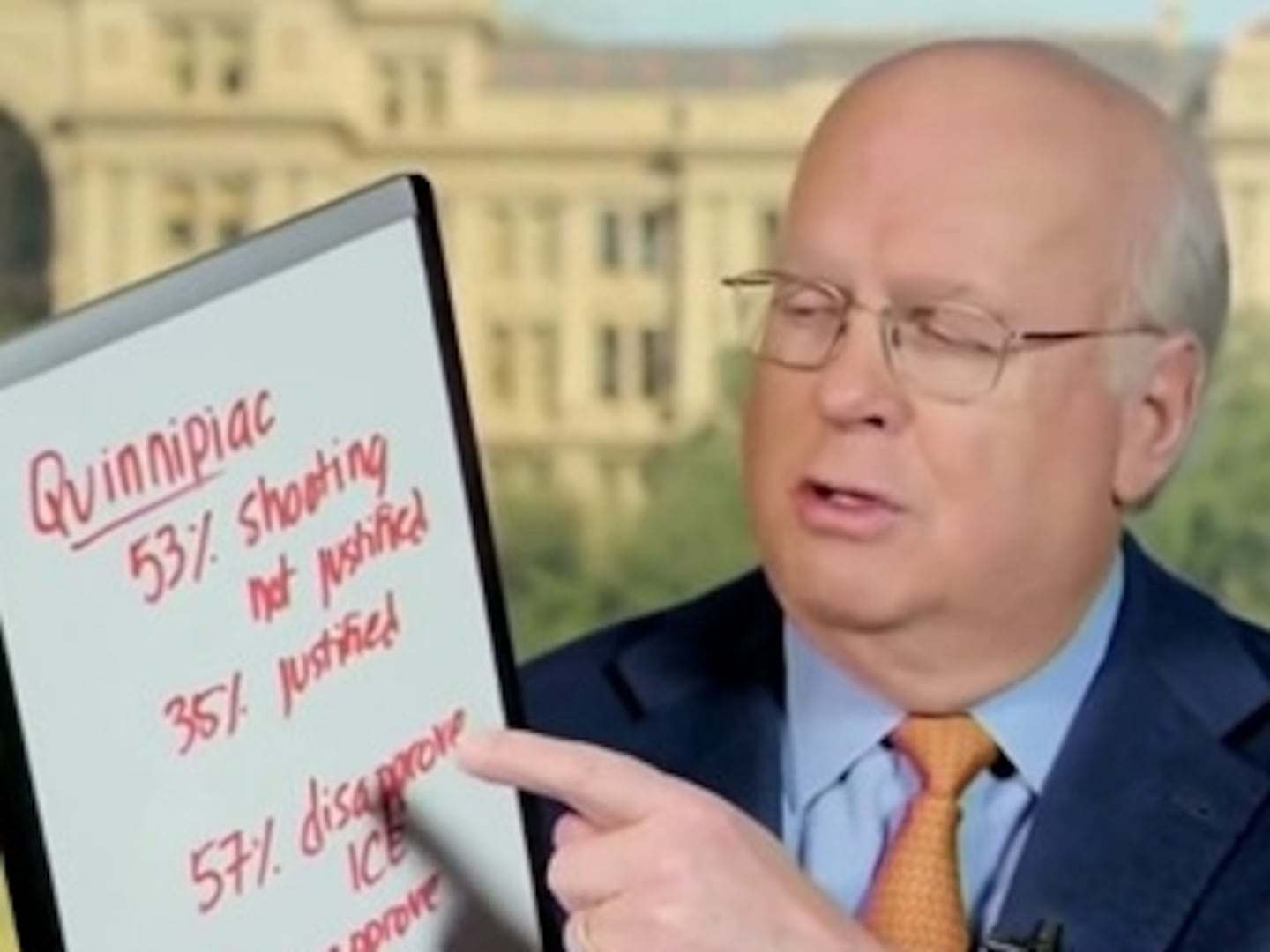On Thursday, Federal Reserve Chairman Ben Bernanke defied right-wing critics and moved to offer assistance to the economy in the weeks heading up to the election. The Federal Open Market Committee announced a series of measures and stances. It announced that it would keep the short-term interest rate it controls at an extremely low level through 2015. (Previously it had said it would do so only through late 2014.) The Fed would continue to take principal payments from mortgage-backed securities it owned and plow them into new purchases, as it has been doing for a while. It would continue Operation Twist, a process through which it sells short-term debt and uses the proceeds to buy longer-term debt (the better to bring down long-term interest rates). And it announced a new round of quantitative easing: every month it would buy $40 billion in mortgage-backed securities. These purchases, the Fed believes, will help keep long-term interest rates down, and thus provide assistance to the economy.
These are welcome moves, and they might even be useful ones. But they strike me as being aimed at the wrong target. The efforts the Fed announced today seem to have two principal direct aims: (1) keeping the cost of capital for banks at an extremely low level. In fact, the Fed’s target for the overnight Federal Funds Rate is very close to zero. And (2) bringing mortgage rates down. Those would be really important moves if the main problems in the economy were: (1) a crippled banking system that has difficulty getting funding and capital at a low cost; and (2) if mortgage rates were high.
But neither of these circumstances is evident.
After four years of extraordinary aid, three years of economic growth, and a few years of more intelligent risk-taking, banks are in quite good health. As the FDIC reported in its most recent quarterly profile banks insured by the FDIC earned a combined $34.5 billion in the second quarter. The amount of money they had to set aside to deal with bad loans fell. So did the delinquency rate on loans banks have made. Bank failures are also on the decline. All in all, banks are in the best shape they’ve been in since before the financial crisis. They already get money at very low cost—the Fed provides it effectively for free. Depositors accept insanely low interest rates. And healthy banking companies are able to sell bonds that bear very low interest. So signaling to banks that short-term interest rates are going to be very low through 2015 doesn’t do much to change their behavior.
Meanwhile, mortgage rates can hardly be described as high and expensive. In its most recent survey, the Mortgage Bankers Association of America found that the average mortgage rate for a loan under $417,000 last week was 3.75 percent. To be sure, the Federal Reserve’s program of buying lots of mortgage-backed securities is helping to keep rates at this low level. And if it were to stop, rates might rise. But they won’t rise to levels that would suddenly make homes that are affordable today unaffordable tomorrow. In fact, as rea-estate expert Jonathan Miller frequently notes, the Fed’s actions in buying mortgage-backed securities may actually inhibit lending. Why? The Fed’s purchases help keep mortgage rates down. Which means banks know they can’t make a lot of money by making mortgages. Would you commit to lend someone money for 3.75 percent for 30 years?

Yes, buying mortgage-backed securities is supposed to help the housing market. But low interest rates alone don’t help people scrape together the larger down payments required to buy a house. And low interest rates alone won’t magically reflate housing values in areas where supply far exceeds demand.
And therein lies the rub. The biggest problem with the economy today is a lack of demand (and in some sectors a slowdown in demand). When people have jobs and are secure in them, they tend to spend more. When fewer people have jobs, and those who have them are fearful about losing them, they tend to spend less. One huge problem in the U.S. economy has been the continued austerity efforts at the state, local, and federal level. The government sector has cut about one million jobs in the past couple of years. Imagine what would happen to spending of some significant chunk of the teachers, cops, and civil servants laid off in the past few years were recalled. None of the moves by the Fed today does anything – directly or indirectly -- to get those people back to work. As for companies, they’re hiring (albeit slowly), and have plenty of job openings. But we now have a business culture in which firms avoid hiring people until customers are literally beating down their doors demanding goods and services. And nothing the Fed did today is like to spur a huge amount of new orders for a restaurant, a dry cleaner, an industrial supplies manufacturer, or a truck maker.






